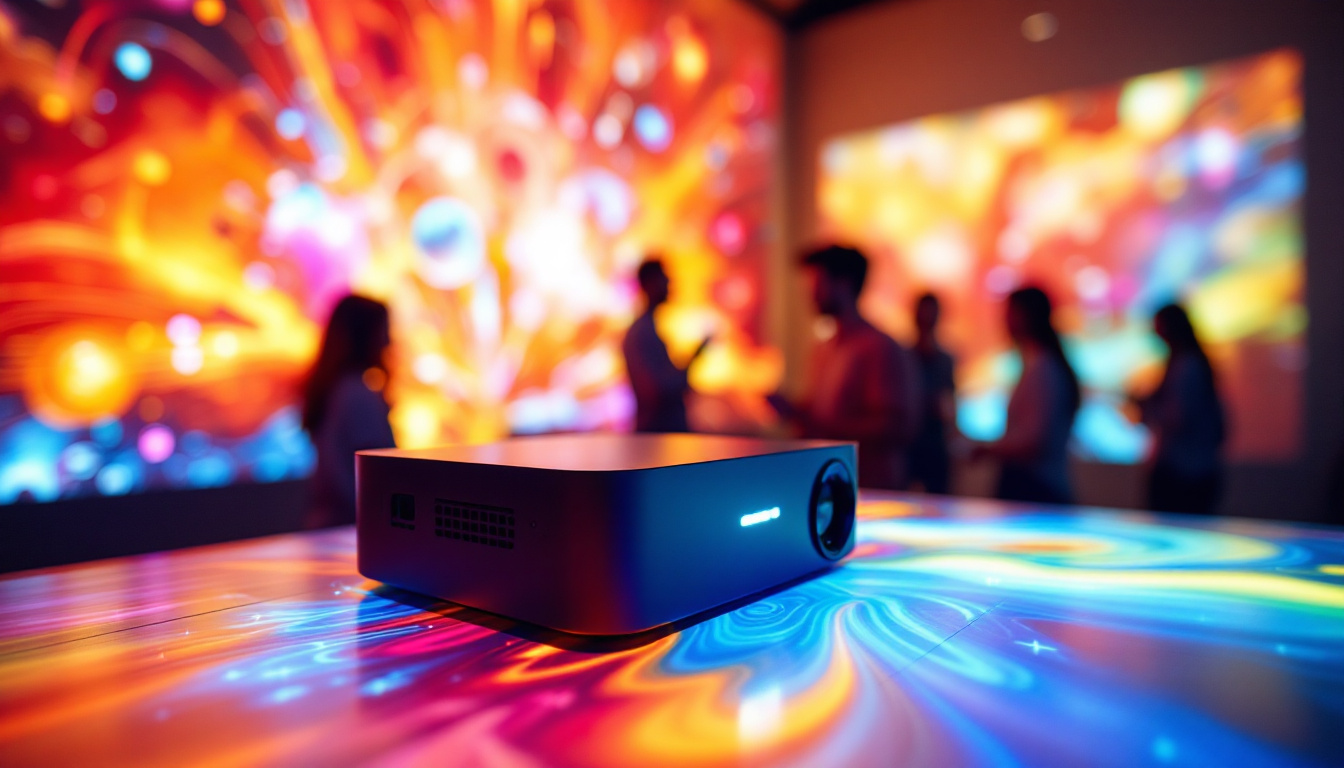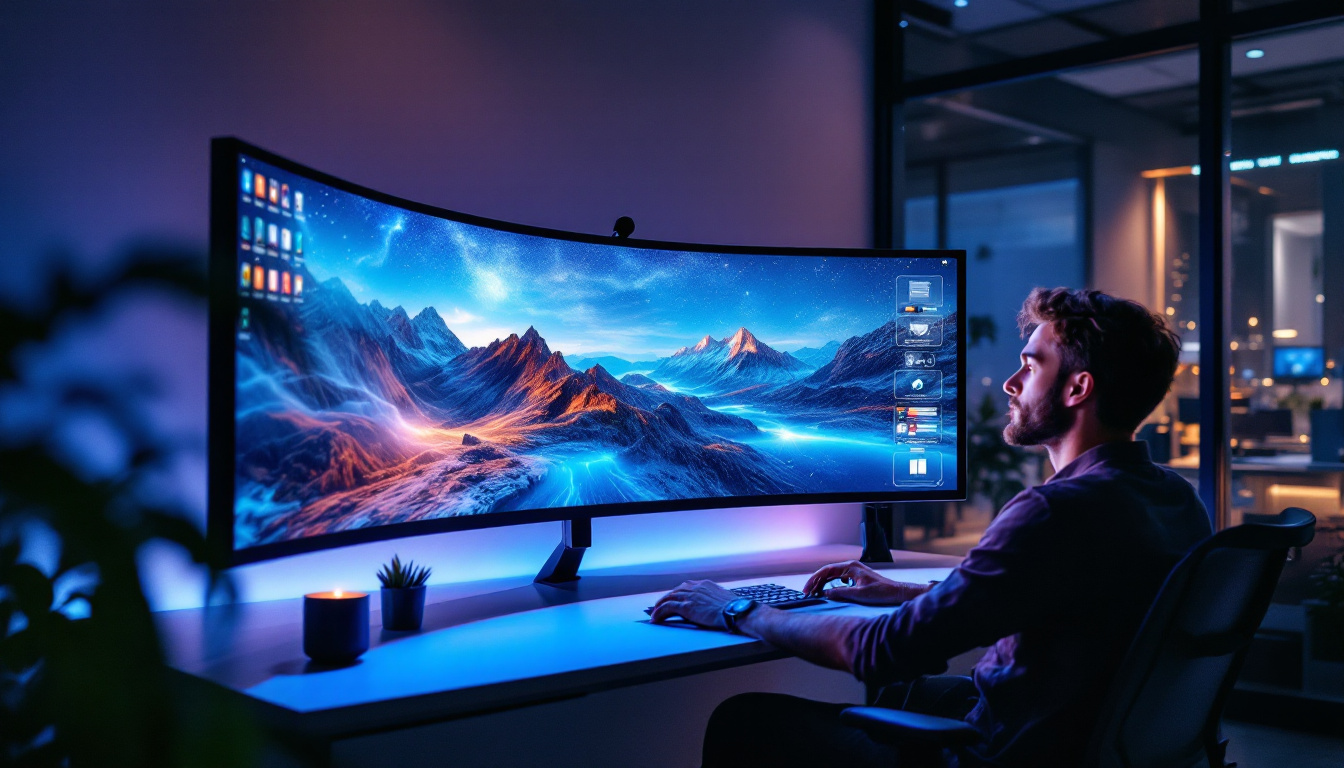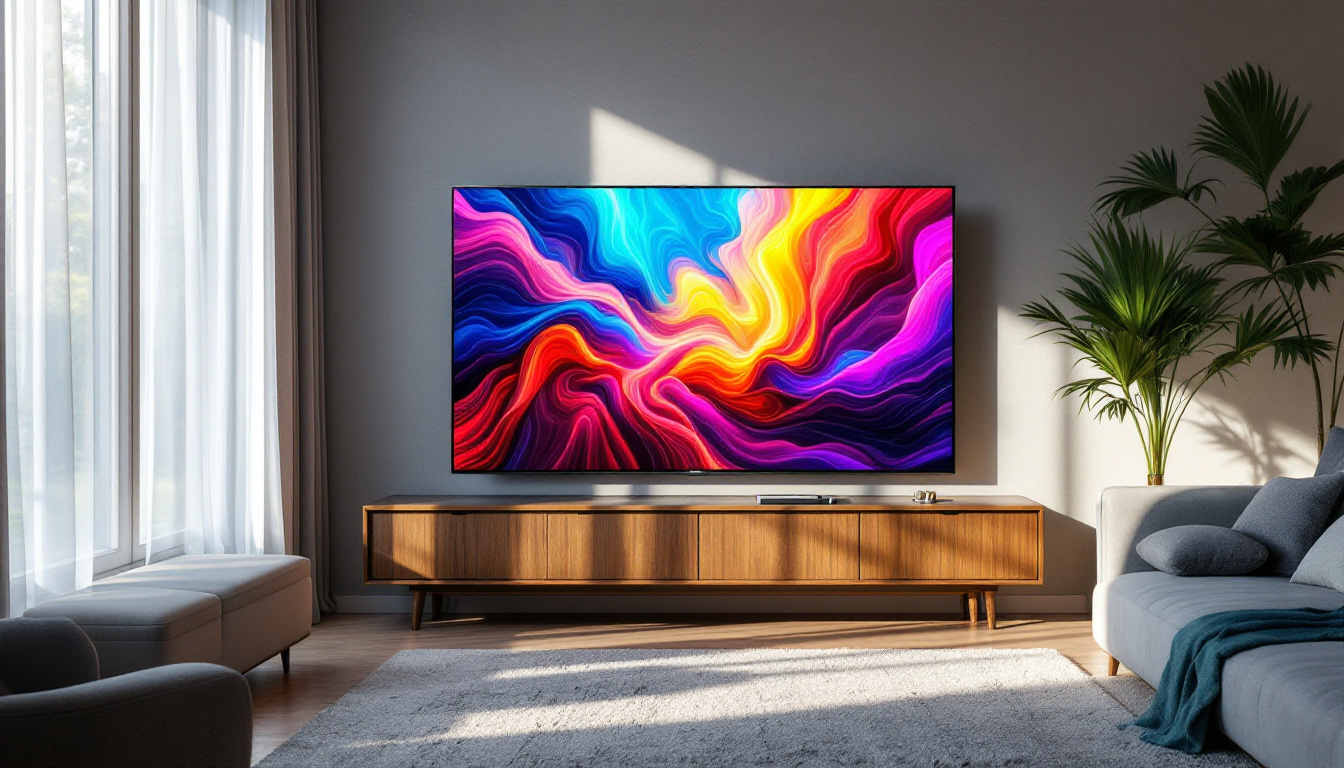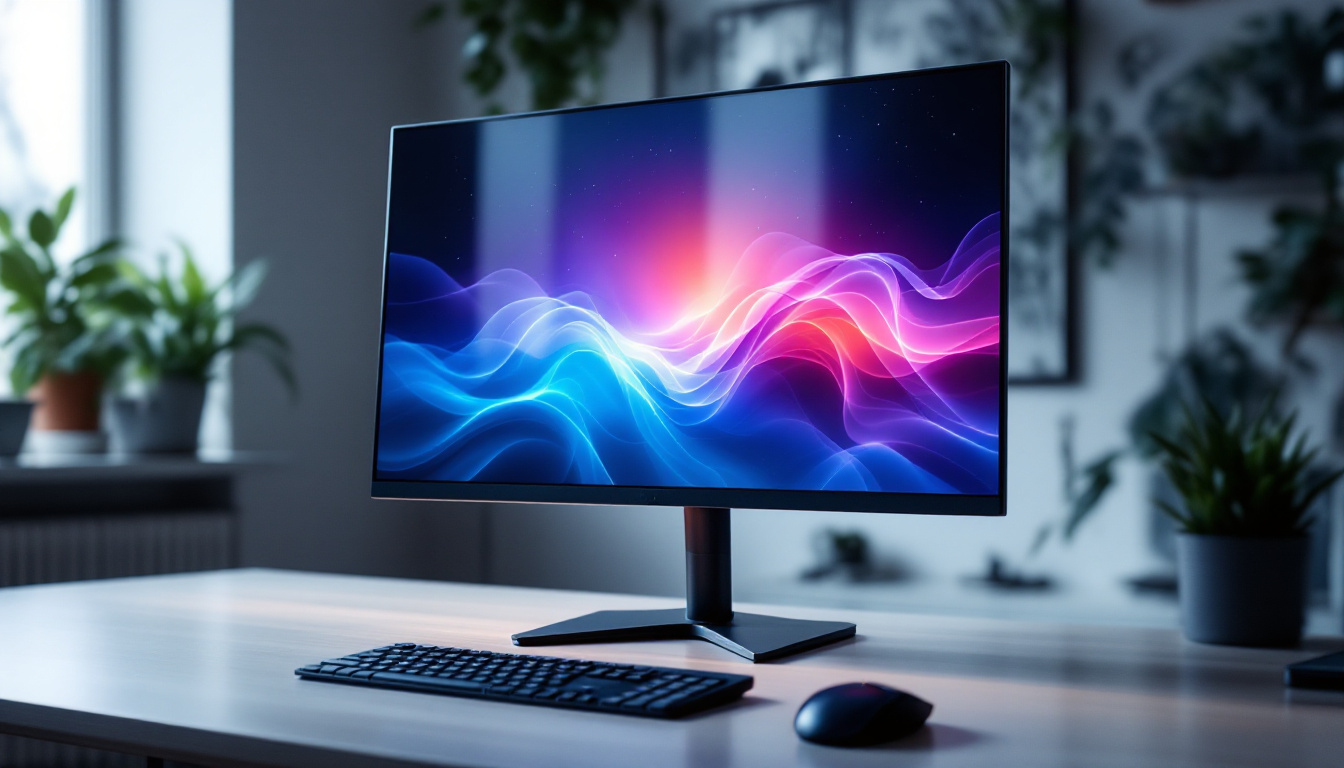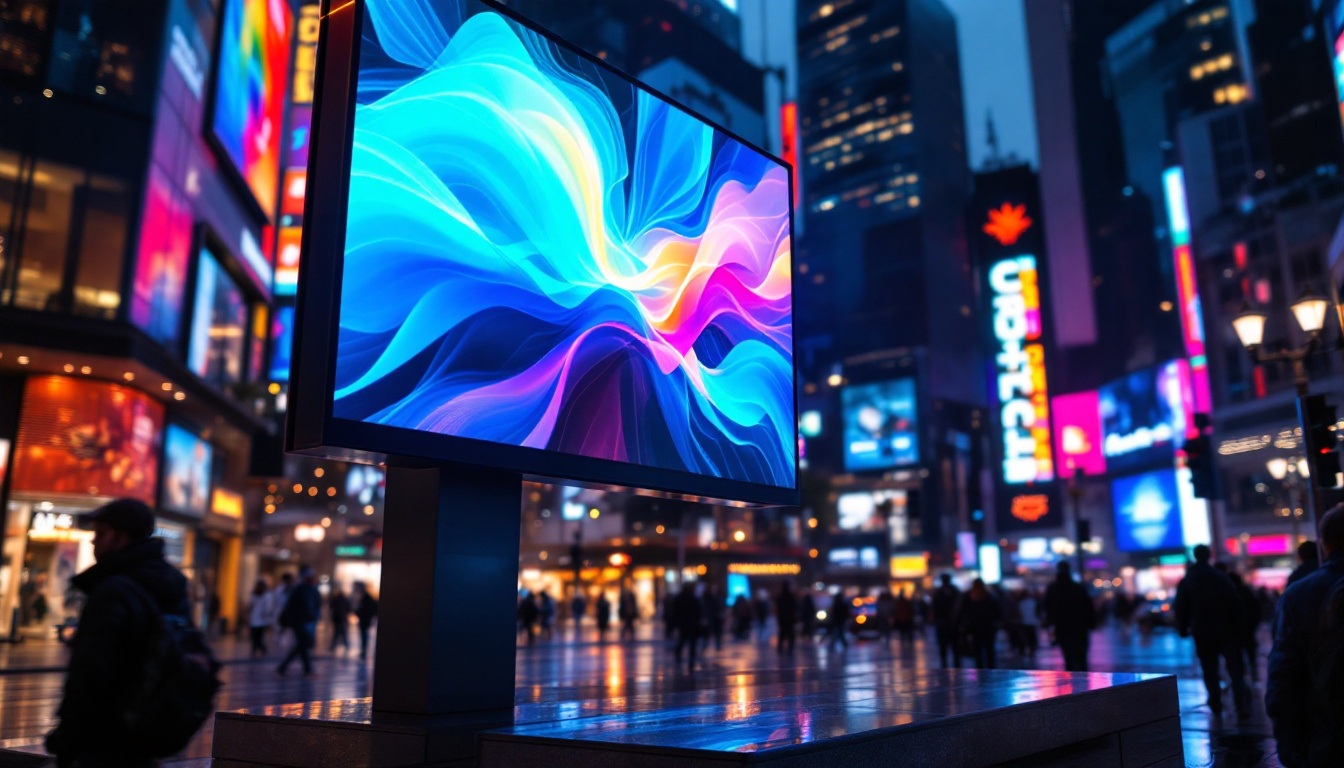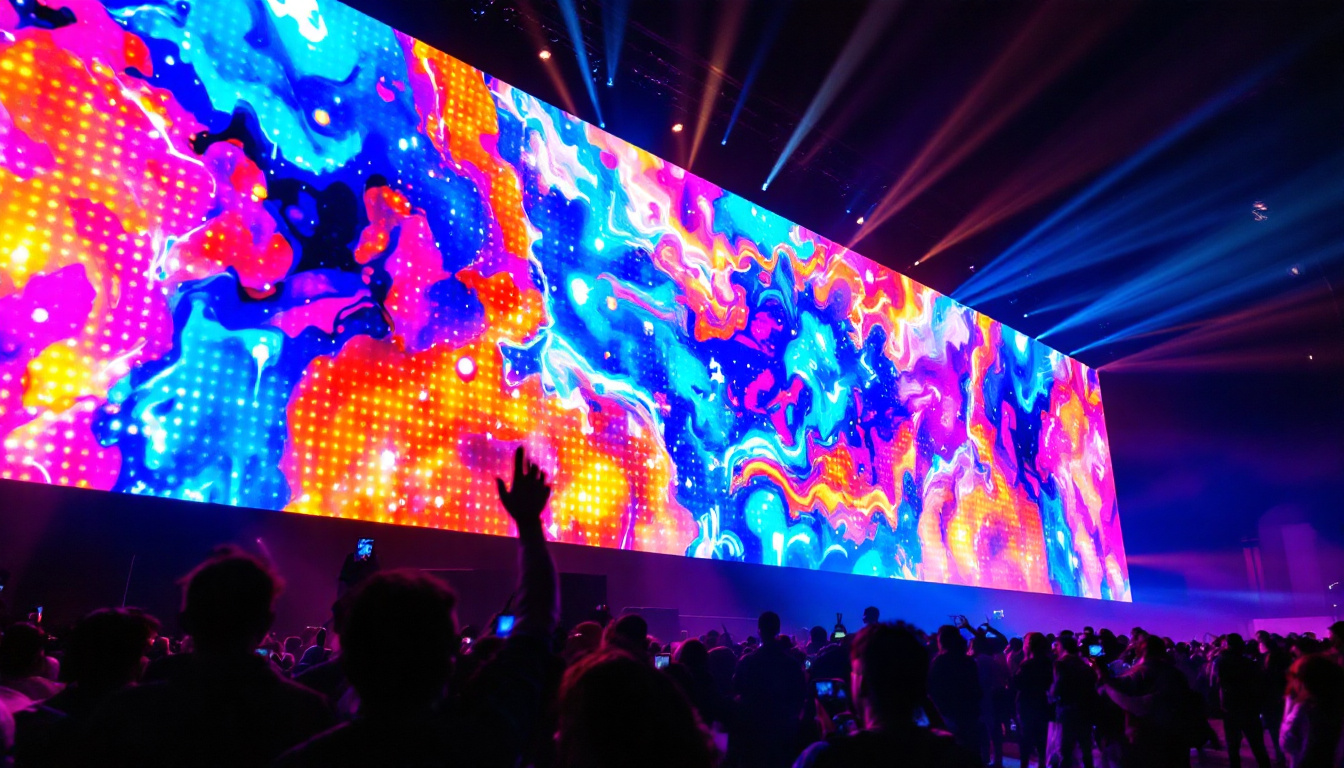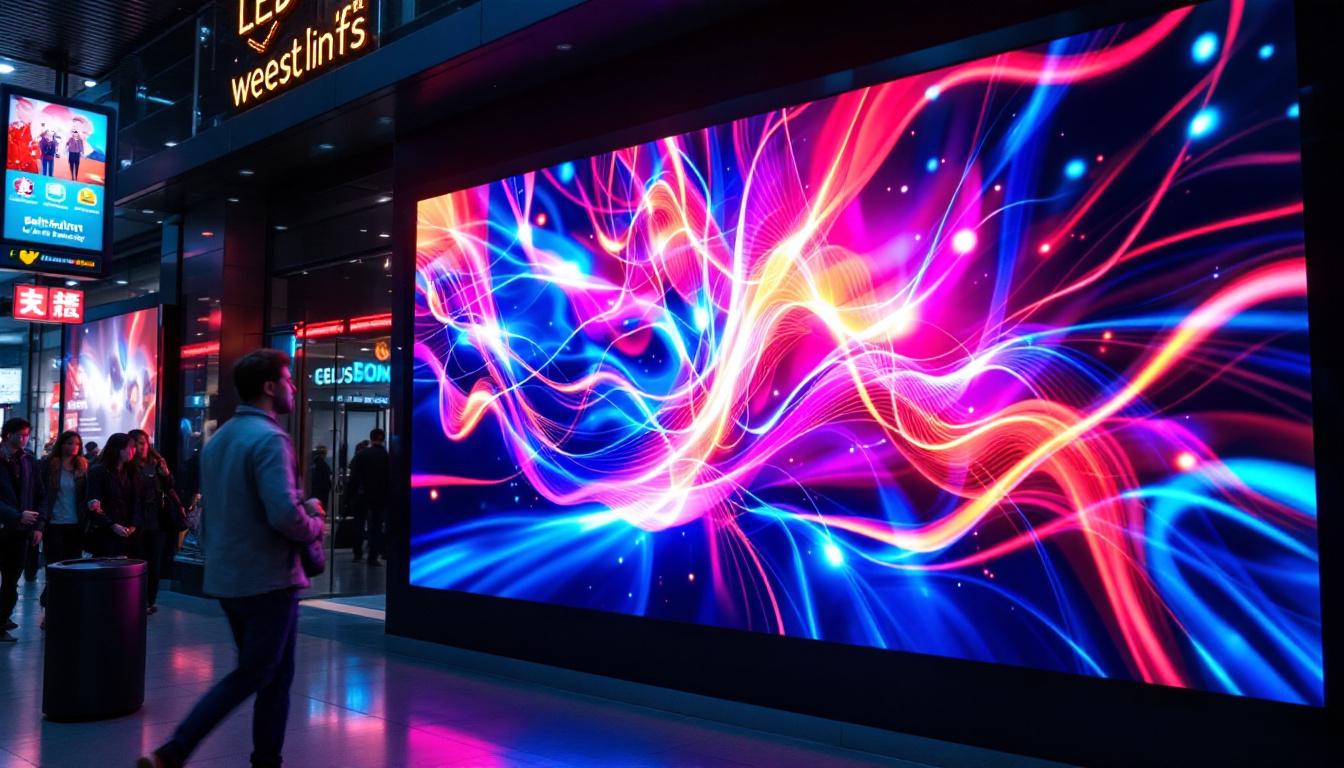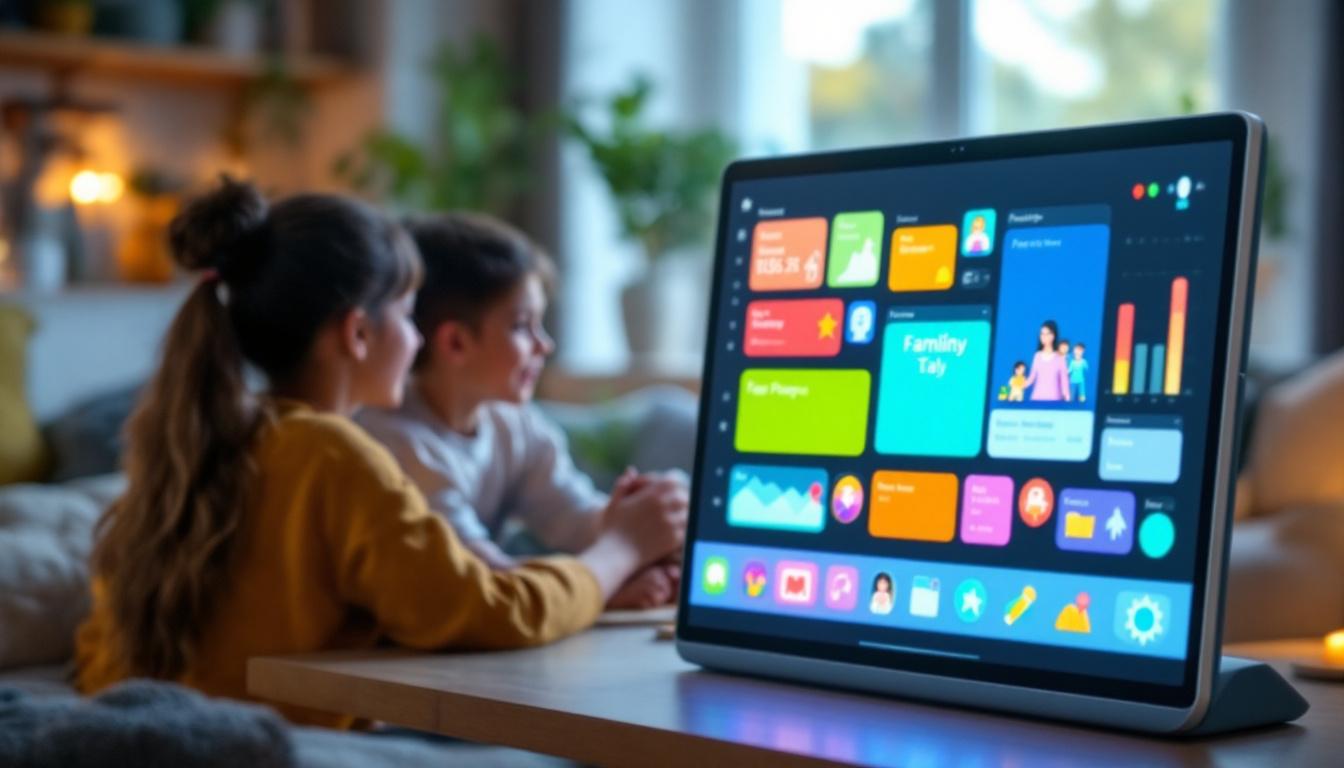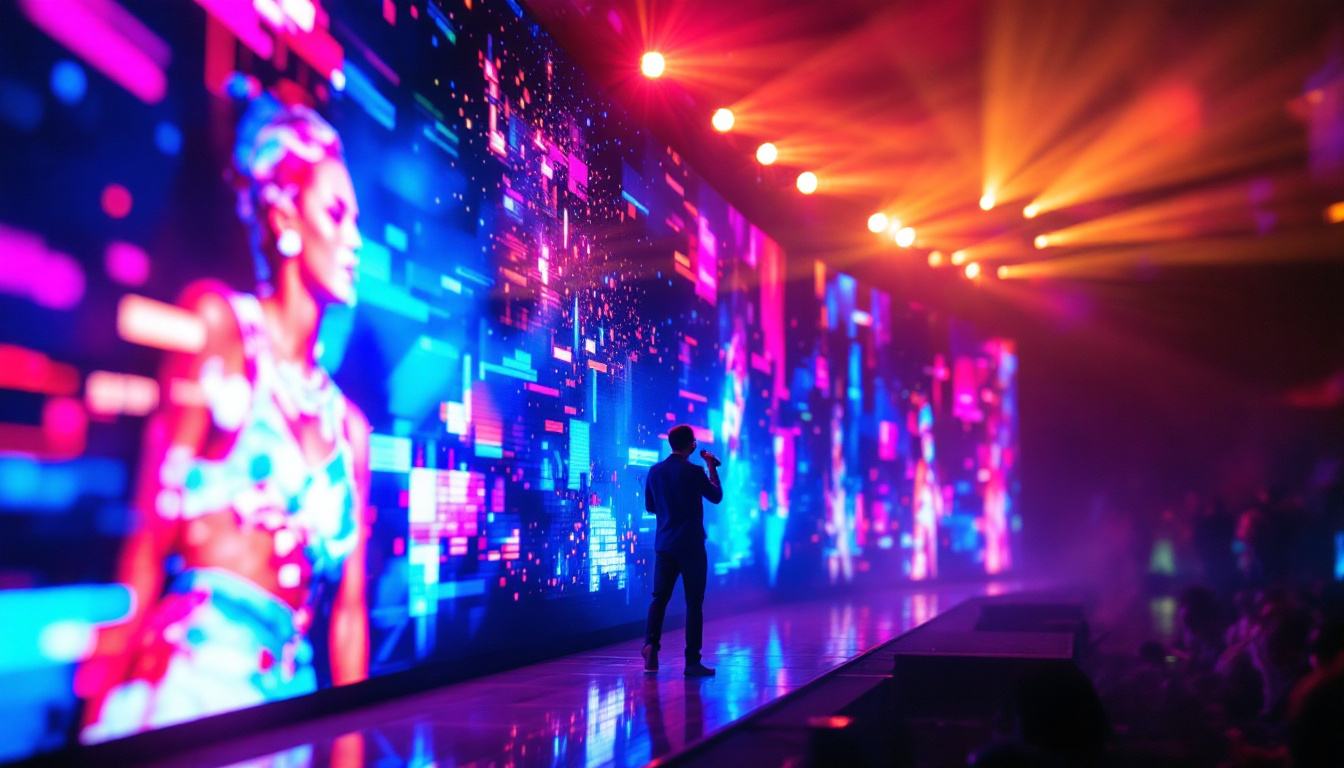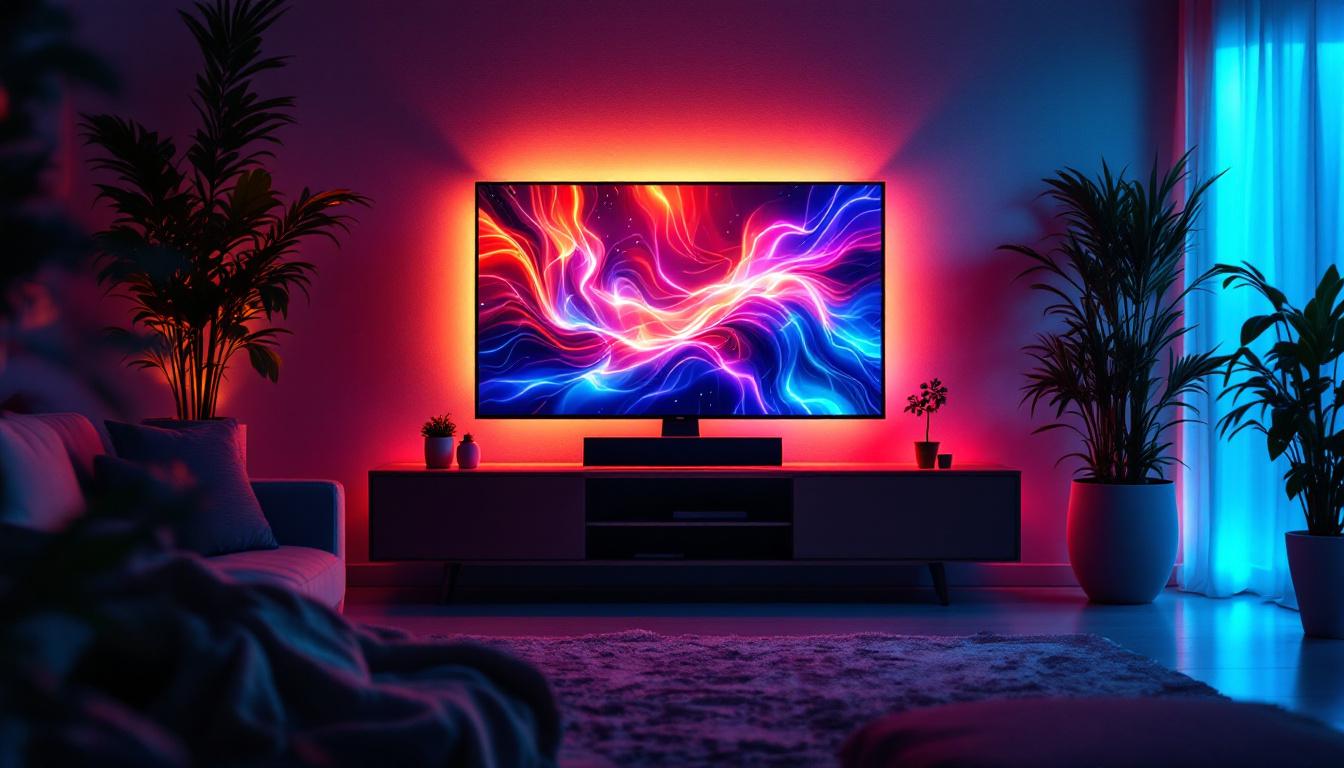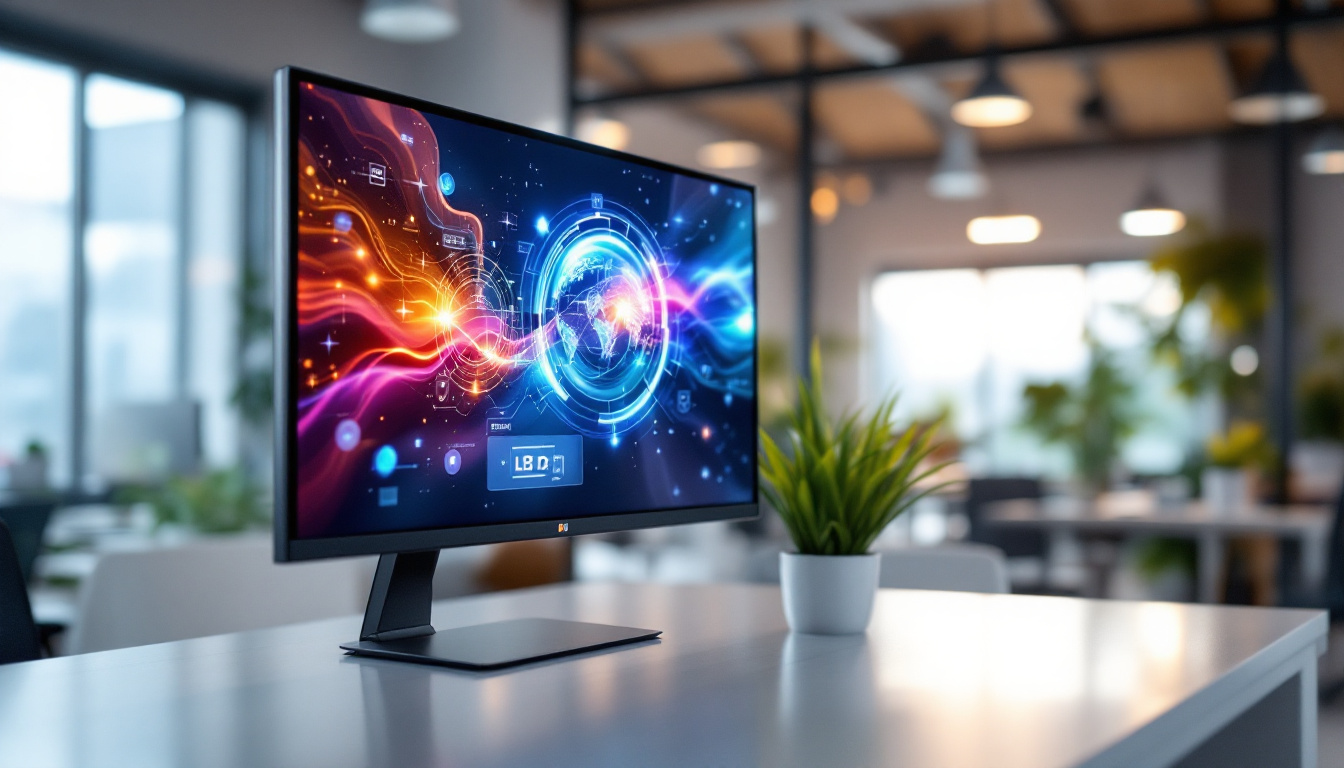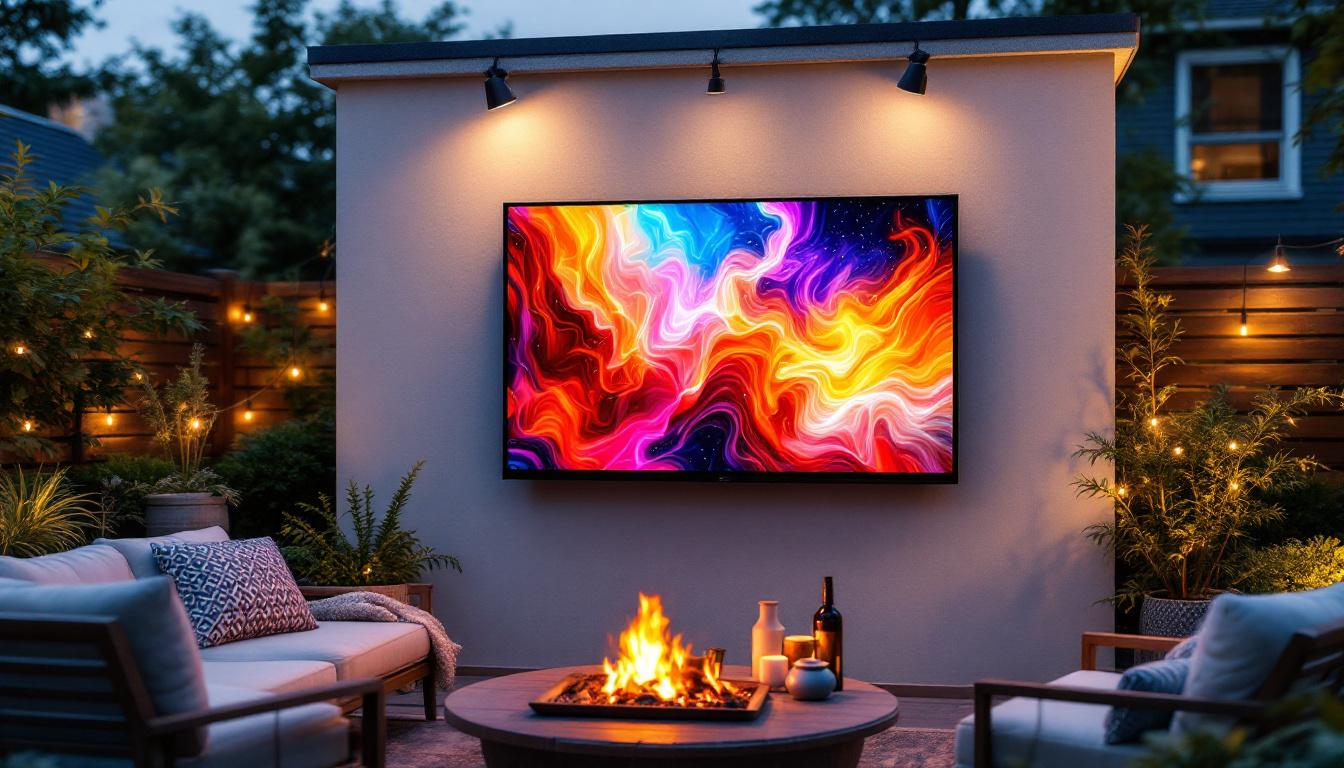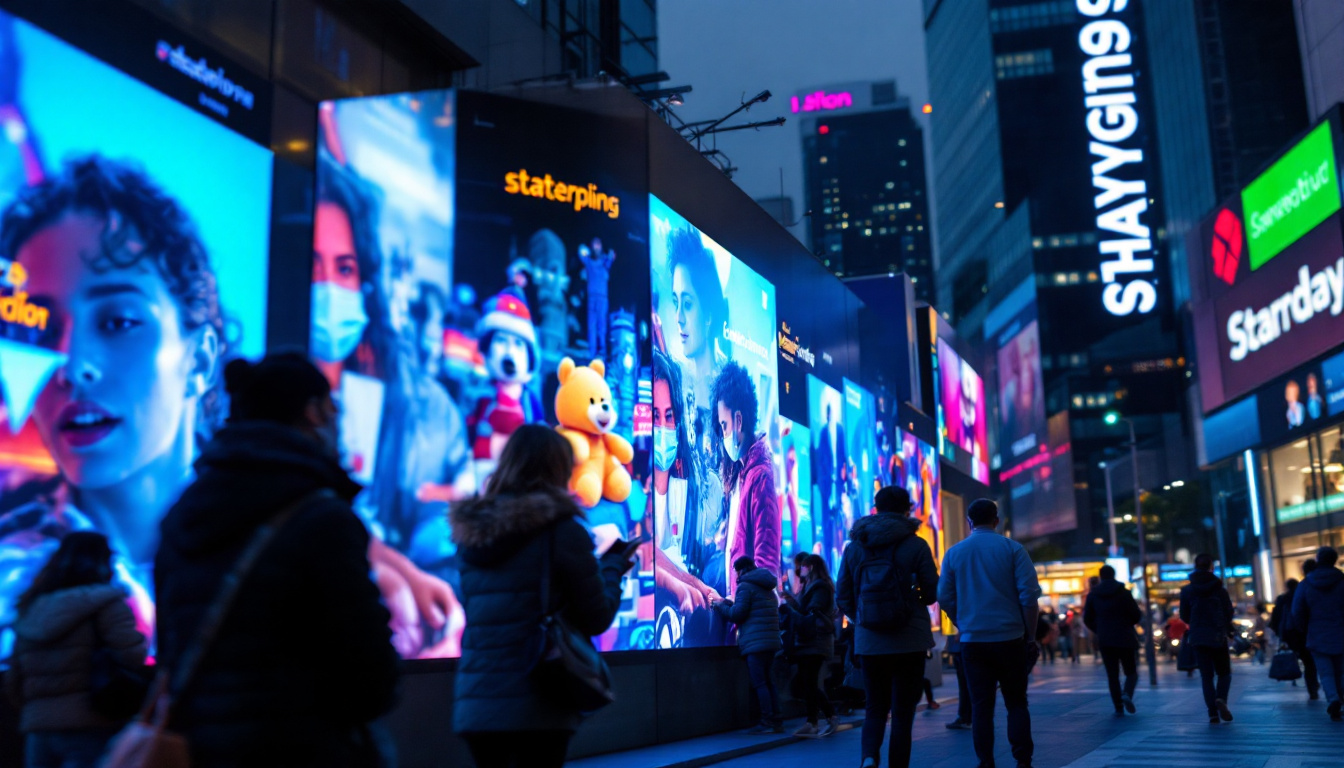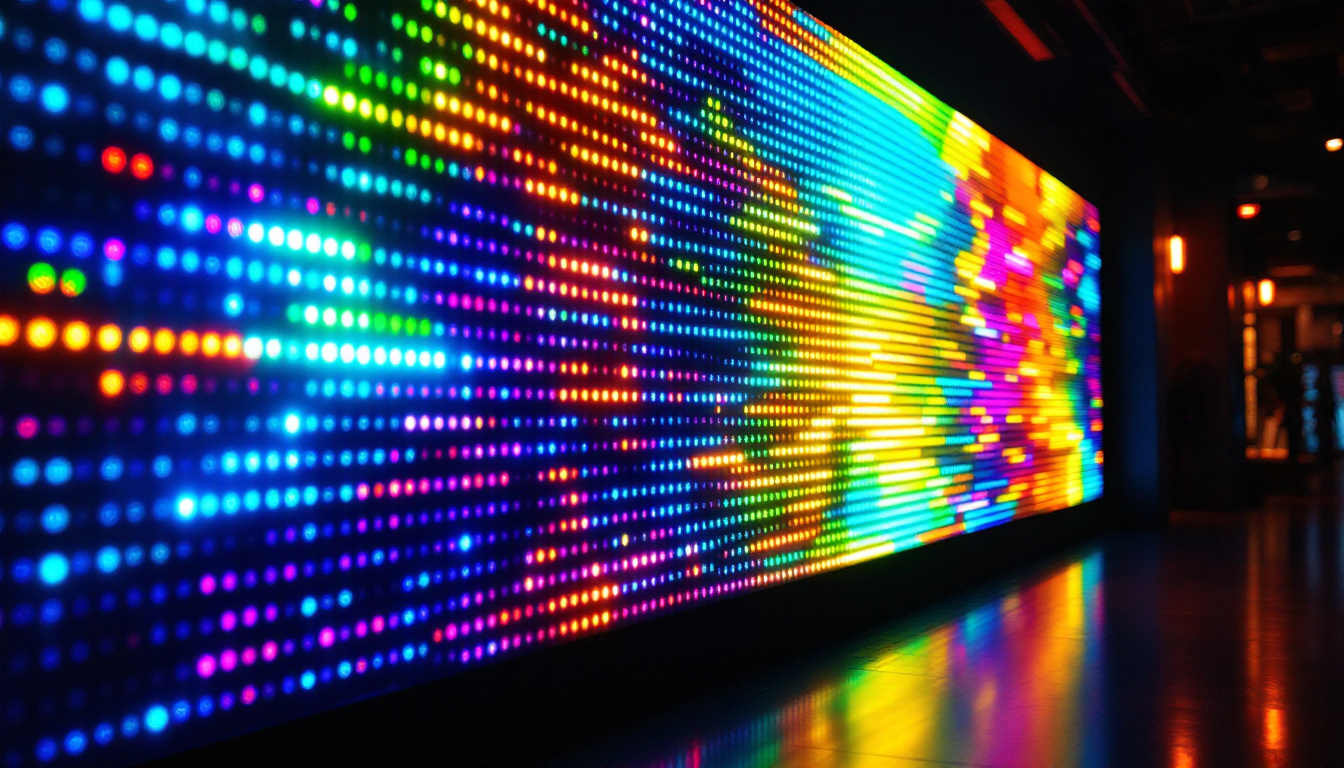In an era where technology is rapidly evolving, interactive projectors have emerged as a transformative tool in various fields, from education to business. These devices combine the functionality of traditional projectors with advanced interactive capabilities, allowing users to engage with content in a dynamic way. This article delves into the intricacies of interactive projectors, particularly focusing on LED display technology, its benefits, and applications.
Understanding Interactive Projectors
Interactive projectors are devices that project images onto a surface while allowing users to interact with the projected content. Unlike conventional projectors, which merely display images, interactive projectors enable touch or pen-based interactions, making them ideal for collaborative environments.
How Interactive Projectors Work
The core functionality of interactive projectors relies on a combination of projection technology and interactive sensors. These projectors typically use infrared or laser technology to detect user inputs. When a user touches the projected image, the sensors register the interaction, allowing for real-time manipulation of the content.
Some models also incorporate a camera system that tracks the movement of fingers or styluses. This technology allows for a seamless interaction experience, enabling users to draw, highlight, or navigate through presentations effortlessly. The integration of software applications further enhances the user experience, as many interactive projectors come equipped with tools for annotation, screen sharing, and even gamification, making learning and presentations more engaging.
Types of Interactive Projectors
Interactive projectors can be categorized into two main types: interactive whiteboard projectors and ultra-short throw projectors. Interactive whiteboard projectors are designed to work with a whiteboard surface, allowing users to write or draw directly on the projected image. On the other hand, ultra-short throw projectors can be placed very close to the projection surface, making them suitable for smaller spaces.
Each type has its unique advantages, catering to different environments and user needs. For instance, ultra-short throw projectors minimize shadows and glare, making them ideal for classrooms or meeting rooms where space is limited. Additionally, many interactive projectors now feature built-in speakers and connectivity options, such as Wi-Fi and Bluetooth, allowing for a more integrated multimedia experience. This means that users can easily connect their devices, stream content, and even collaborate remotely, making these projectors a versatile tool for modern educational and business settings.
The Role of LED Technology in Interactive Projectors
LED technology has revolutionized the way projectors operate, providing several advantages over traditional lamp-based systems. LED projectors utilize light-emitting diodes to produce images, resulting in improved brightness, color accuracy, and longevity.
Benefits of LED Display Technology
One of the most significant benefits of LED display technology is its energy efficiency. LED projectors consume less power compared to their lamp-based counterparts, making them a more sustainable choice. This efficiency not only reduces energy costs but also contributes to a lower carbon footprint.
Moreover, LED projectors offer enhanced color performance. They can produce a wider color gamut, resulting in more vibrant and lifelike images. This is particularly important in settings where visual clarity is paramount, such as in educational presentations or creative workshops. The ability to render colors accurately also enhances the viewing experience for audiences, making it easier to engage with the content being presented.
In addition, LED projectors are known for their quick start-up times. Unlike traditional projectors that require a warm-up period, LED projectors can reach full brightness almost instantly. This feature is especially beneficial in dynamic environments, such as classrooms or corporate settings, where time is often of the essence. Users can jump straight into their presentations without the frustrating delays associated with warming up a traditional lamp.
Longevity and Maintenance
Another advantage of LED projectors is their longevity. Traditional projectors typically require lamp replacements every few thousand hours, which can be both costly and inconvenient. In contrast, LED projectors can last up to 20,000 hours or more, significantly reducing maintenance efforts and costs.
This extended lifespan also means that users can enjoy consistent performance without the need for frequent replacements. As a result, LED projectors are not only a practical choice but also a cost-effective solution in the long run. Furthermore, the durability of LED technology means that these projectors are less susceptible to damage from vibrations or impacts, making them ideal for portable use in various settings, from outdoor events to mobile presentations.
Additionally, the low maintenance requirements of LED projectors translate to less downtime, allowing educators and professionals to focus on their content rather than worrying about technical issues. This reliability ensures that presentations can proceed smoothly, fostering a more productive and engaging atmosphere for both presenters and audiences alike. As technology continues to evolve, the integration of LED projectors into interactive environments is likely to enhance collaboration and creativity across various fields.
Applications of Interactive Projectors
The versatility of interactive projectors makes them suitable for a wide range of applications. From classrooms to corporate boardrooms, these devices enhance engagement and collaboration among users.
Education
In educational settings, interactive projectors have become invaluable tools for teachers and students alike. They facilitate interactive lessons, allowing educators to present information in a more engaging manner. Students can participate actively by answering questions, solving problems, or collaborating on projects directly on the projection surface.
Furthermore, the ability to save and share interactive sessions enhances the learning experience. Teachers can record lessons and make them accessible for future reference, catering to diverse learning styles and needs.
Corporate Environments
In the corporate world, interactive projectors are transforming the way meetings and presentations are conducted. They enable real-time collaboration, allowing team members to brainstorm ideas, annotate documents, and visualize concepts together. This interactive approach fosters creativity and innovation, leading to more productive outcomes.
Additionally, the portability of many interactive projectors makes them ideal for on-the-go presentations. Professionals can easily set up and dismantle these devices, making them a practical choice for conferences and client meetings.
Creative Industries
In creative industries, interactive projectors serve as powerful tools for artists and designers. They allow for the projection of digital artwork onto various surfaces, enabling artists to visualize their work in real-time. This capability is particularly useful for muralists, interior designers, and event planners who need to showcase their concepts to clients.
The interactive nature of these projectors also allows for experimentation and iteration. Artists can manipulate their designs directly on the projected surface, making adjustments as needed without the hassle of traditional methods.
Choosing the Right Interactive Projector
When selecting an interactive projector, several factors should be considered to ensure it meets specific needs and requirements. Understanding these factors can help users make informed decisions and maximize the benefits of their investment.
Brightness and Resolution
Brightness is a crucial factor in projector performance. Measured in lumens, a higher brightness rating ensures that images remain clear and visible even in well-lit environments. For educational and corporate settings, a projector with at least 3000 lumens is recommended.
Resolution is another important consideration. Higher resolution projectors provide sharper images, which is especially beneficial for presentations that include detailed graphics or text. A resolution of 1080p or higher is ideal for most applications.
Connectivity Options
Modern interactive projectors should offer a variety of connectivity options to accommodate different devices. Look for projectors that support HDMI, USB, and wireless connections to ensure compatibility with laptops, tablets, and smartphones.
Wireless connectivity, in particular, allows for seamless presentations without the clutter of cables. This feature enhances mobility and convenience, making it easier to switch between devices during meetings or classes.
Interactive Features
Different projectors come with varying degrees of interactive features. Some may offer basic touch capabilities, while others provide advanced functionalities such as multi-touch support and gesture recognition. Assessing the level of interactivity required for specific applications is essential in selecting the right projector.
Additionally, consider the software compatibility of the projector. Many interactive projectors come with proprietary software that enhances their functionality, allowing users to create engaging content and interactive lessons.
Future Trends in Interactive Projectors
The future of interactive projectors looks promising, with ongoing advancements in technology paving the way for even more innovative features. As the demand for interactive solutions continues to grow, several trends are emerging in the market.
Integration with Augmented Reality
One of the most exciting trends is the integration of augmented reality (AR) with interactive projectors. This technology allows users to overlay digital content onto the real world, creating immersive experiences. In educational settings, AR can enhance learning by providing interactive simulations and visualizations that bring complex concepts to life.
In corporate environments, AR can revolutionize presentations by allowing users to interact with 3D models and data visualizations, making information more accessible and engaging.
Enhanced Collaboration Tools
As remote work becomes increasingly common, interactive projectors are evolving to include enhanced collaboration tools. Features such as cloud connectivity and real-time sharing capabilities are becoming standard, enabling teams to work together seamlessly regardless of their physical locations.
These advancements will facilitate more effective communication and collaboration, breaking down geographical barriers and fostering a more connected workforce.
Improved Portability and Design
Future interactive projectors are expected to prioritize portability and design. As users seek more flexible solutions, manufacturers are focusing on creating lightweight, compact models that are easy to transport and set up. Sleek designs that blend seamlessly into modern workspaces will also be a key consideration.
These improvements will make interactive projectors even more accessible and appealing to a wider range of users, from educators to business professionals.
Conclusion
Interactive projectors equipped with LED display technology are reshaping the way content is presented and engaged with across various sectors. Their ability to foster collaboration, enhance learning, and provide vibrant visuals makes them invaluable tools in today’s digital landscape.
As technology continues to advance, the future of interactive projectors looks bright, with exciting developments on the horizon. By understanding the benefits and applications of these devices, users can leverage their capabilities to create more engaging and interactive experiences.
Whether in the classroom, boardroom, or creative studio, interactive projectors are set to play a pivotal role in how we communicate and collaborate in the years to come.
Discover LumenMatrix LED Display Solutions
Ready to elevate your interactive experiences with the latest in LED display technology? Look no further than LumenMatrix, a pioneer in crafting visually stunning and technologically advanced LED display modules. From captivating Indoor and Outdoor LED Wall Displays to dynamic Vehicle and Sports LED Displays, LumenMatrix offers a comprehensive range of solutions tailored to your unique needs. Embrace the future of visual communication and transform your space with our Custom, Floor, All-in-One, and Transparent LED Displays. Check out LumenMatrix LED Display Solutions today and step into a world where engagement and clarity redefine the visual landscape.

